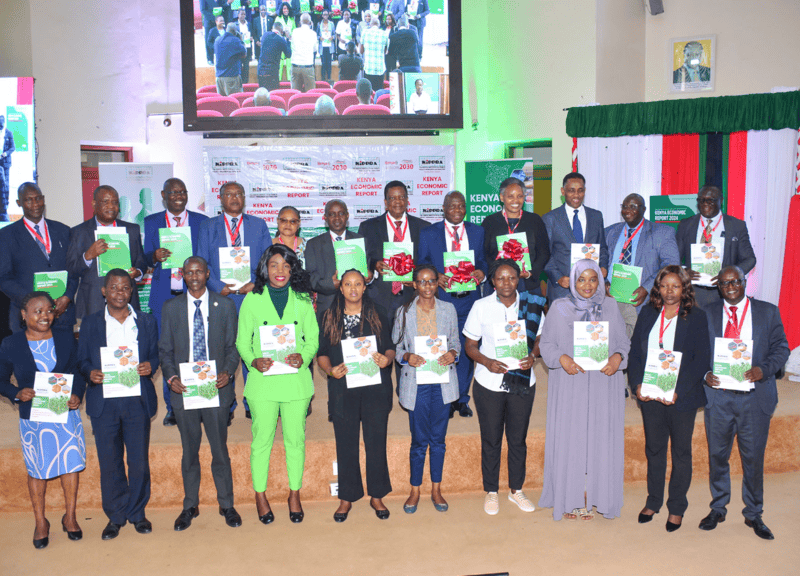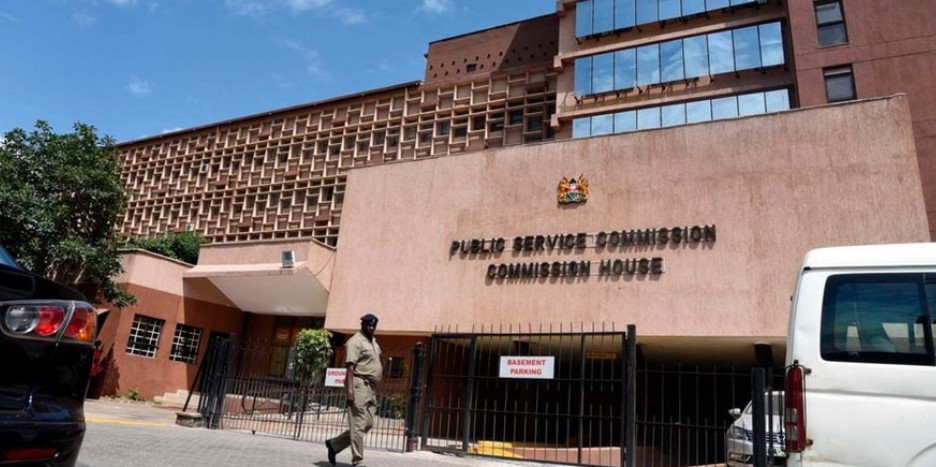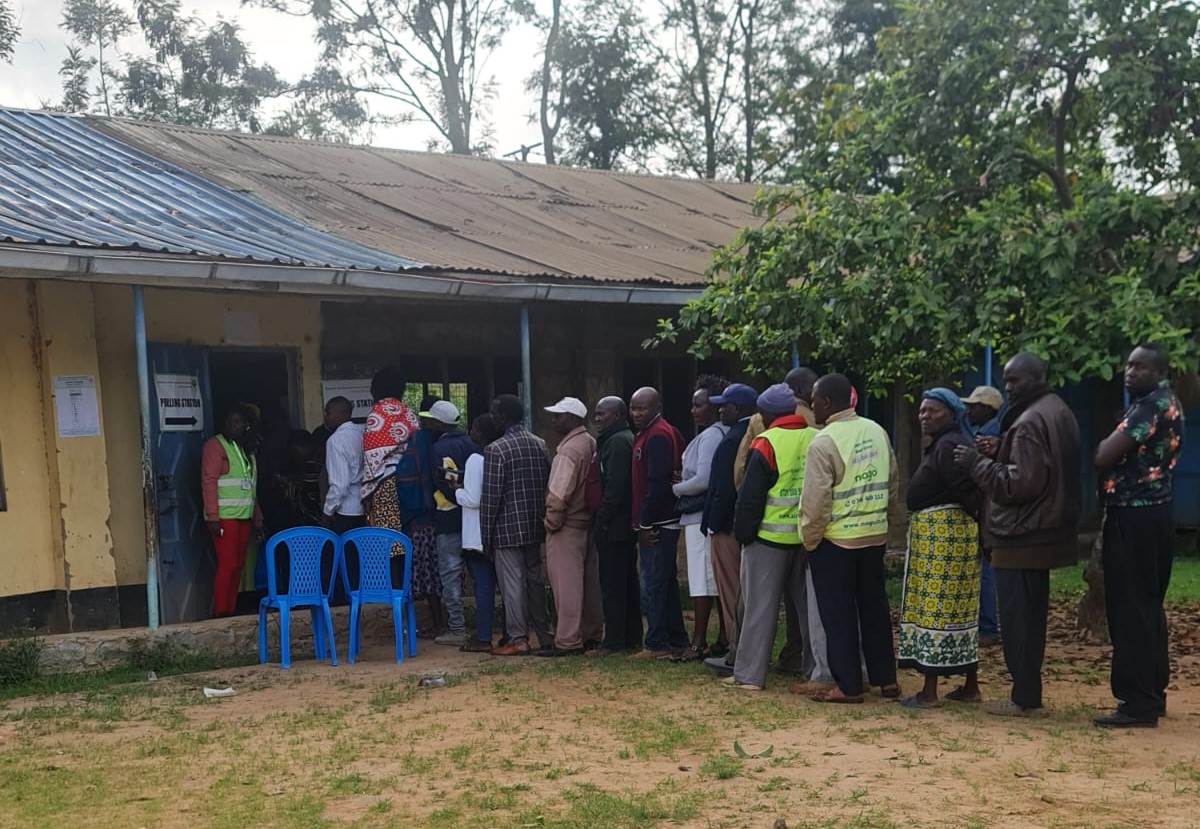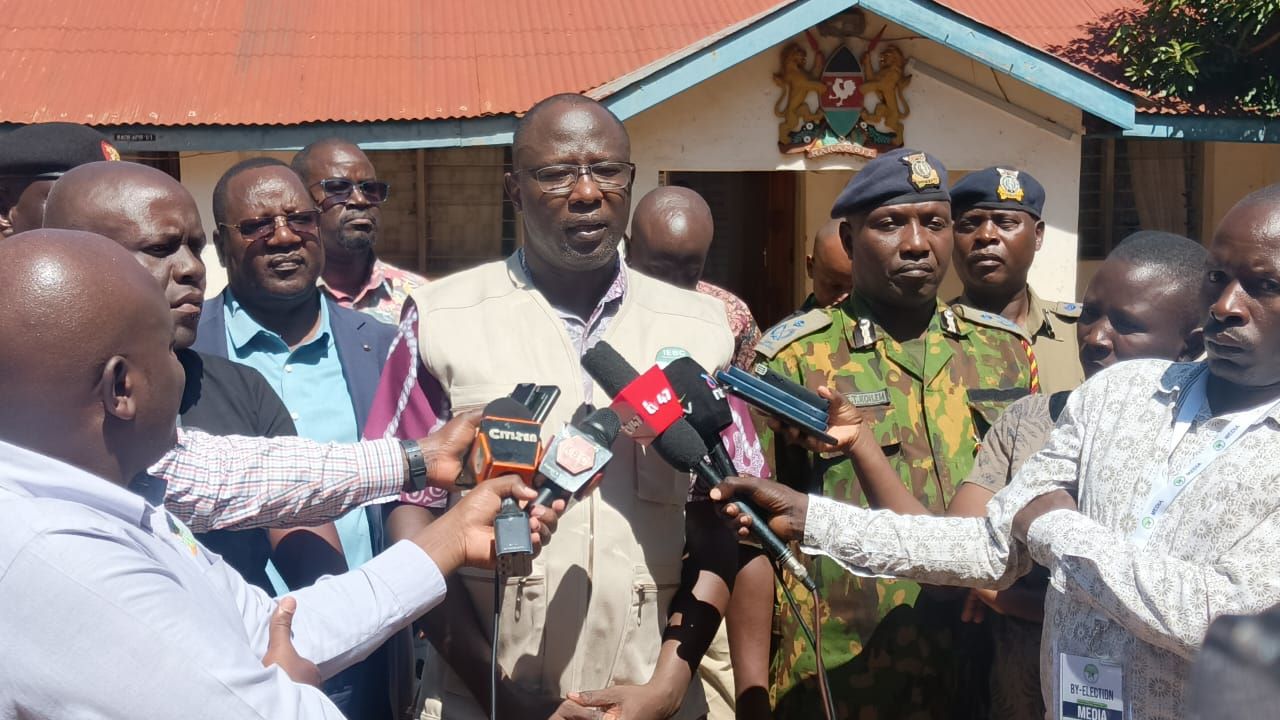Review gives mixed projections on Kenya’s growth prospect in the medium term

Kippra stresses the need to improve the ease of doing business by reducing bureaucratic hurdles and creating a favourable regulatory environment that can encourage private sector growth.
Kenya's economy will grow at a pace of 5.7 per cent this year, an upgrade from 5.6 per cent in 2023, an economic review report has said.
Titled 'The Kenya Economic Report' by the Kenya Institute for Public Policy Research and Analysis (KIPPRA), the review notes that the GDP growth upgrade will only materialise, averaging 6.0 per cent in the medium-term, if the current normal conditions prevail.
More To Read
- World Bank upgrades Kenya’s growth outlook to 4.9 per cent, warns of elevated risks
- New KIPPRA report exposes the hidden weaknesses crippling Kenya’s forest industry
- Top 10 largest African economies in 2025 by Gross Domestic Product (GDP)
- Global economic outlook dims as IMF warns of prolonged uncertainty
- Private sector activities rise for the first time in five months in September
- Kenya's economy grows 5 per cent in second quarter of 2025- KNBS
"Exploiting emerging opportunities such as favourable weather and growing economic partnerships is likely to accelerate growth to 6.1 per cent in 2024 and an average of 6.6 per cent in the medium term," Kippra says.
However, the government-owned think tank says should the downside risks materialise, including poor rainfall patterns and debt vulnerabilities, growth could be depressed to 5.3 per cent in 2024 and 5.6 per cent in the medium term.
At the baseline, Kippra says growth is projected at 6.2 in 2024 and maintains a steady growth path to 7.2 by 2027 while remaining within the government policy target range of (5 ±2.5).
According to the report, the economy recorded stronger growth in 2023, with the GDP growth rate increasing from 4.9 in 2022 to 5.6 per cent in 2023.
Across the sectors, activities in agriculture rebounded strongly after four failed seasons.
"The agriculture sector expanded by 6.5 per cent in the period, on the backdrop of favourable weather conditions and reduced farm input costs following the timely implementation of the government fertiliser and seed subsidy programme," the report reads.
"The average growth rate for the services sector was 7.0 per cent, supported by the resilient performance of accommodation and food services, which grew by 33.6 per cent. Industrial activities moderated during the year, with manufacturing growth rate declining from 2.6 per cent in 2022 to 2.0 per cent in 2023."
Kippra says this reflects the negative impact of surging production costs as input prices and borrowing costs rose, owing to a weakening shilling and slow growth in the global economy.
To buffer the economy against future downside effects in the medium-to-long term, Kippra says the government should strengthen agricultural resilience through investments in irrigation infrastructure, drought-resistant crops, fast-maturing crop varieties, climate-smart agricultural practices, and technological advancements.
To minimise losses related to post-harvest losses, it notes that it is critical to invest in infrastructure that supports proper harvest management by expanding the existing infrastructure through the National Produce and Cereals Board warehouses.
Nevertheless, Kippra stresses the need to improve the ease of doing business by reducing bureaucratic hurdles and creating a favourable regulatory environment that can encourage private sector growth.
"The state should also sustain the ongoing fiscal consolidation interventions by prioritising efficient spending and broadening the tax base."
Top Stories Today













































